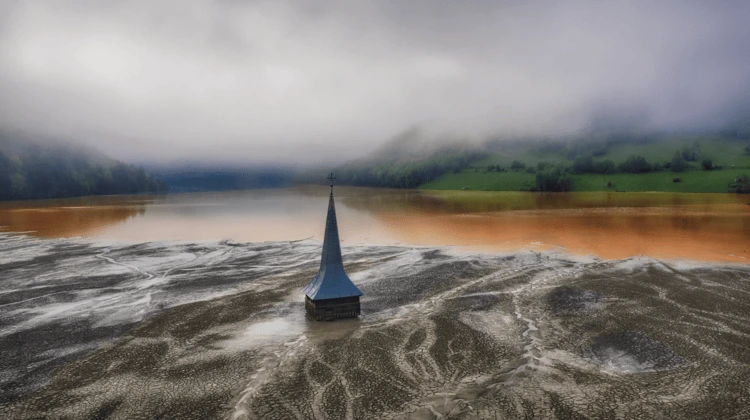
Discover more about sunken villages across Europe – from Wales to Greece – and why they were flooded
By
As time passes and the forces of nature take hold of our human-built world, we realise how fleeting our impact can be. During the 20th century, human ambition and environmental need led to decisions that erased entire communities, such as the Peak District villages of Derwent and Ashopton. These villages now lie beneath the waters of Ladybower Reservoir, with the ruins of a few surviving buildings above the waterline.
The choice to inundate the valley in 1944, although contentious back then, was influenced by the increasing need for water in industrial urban areas such as Sheffield and Manchester. The flooding by the Derwent Valley Water Board destroyed not only homes and the means of income for rural communities, but also a valuable cultural heritage.
Enjoying this article? Check out our related reads:
During extremely warm periods, when the reservoir’s water level drops low enough, visitors can glimpse the ruins of Derwent Hall, built in 1672 and an insight into the village that once was.
On the other side of Europe, in Greece, the historic village of Kallio has re-emerged due to a significant drought intensified by climate change. This former community, which was submerged in the 1970s to form a reservoir to provide water for Athens, 200 kilometres away, is now visible following changes in rainfall patterns that have led to critical water scarcity throughout Greece.

The erasure of communities in this way has often led to political repercussions and social unrest. In 1962, a bill was passed in the UK parliament allowing the village of Capel Celyn to be submerged to supply water to the city of Liverpool, the culmination of a furious eight-year battle residents waged to save their homes. As houses were taken apart, villagers were given the horrendous choice of paying to have their relatives’ remains removed from the village graveyard or doing it themselves.
The flooding of Capel Celyn has become symbolic of Welsh nationalism and the fight for autonomy against English control, leaving a lasting legacy of resentment among the Welsh people.
These sunken villages represent more than mere historical landmarks; they stand as symbols of human resilience and the lasting strength
of remembrance.




